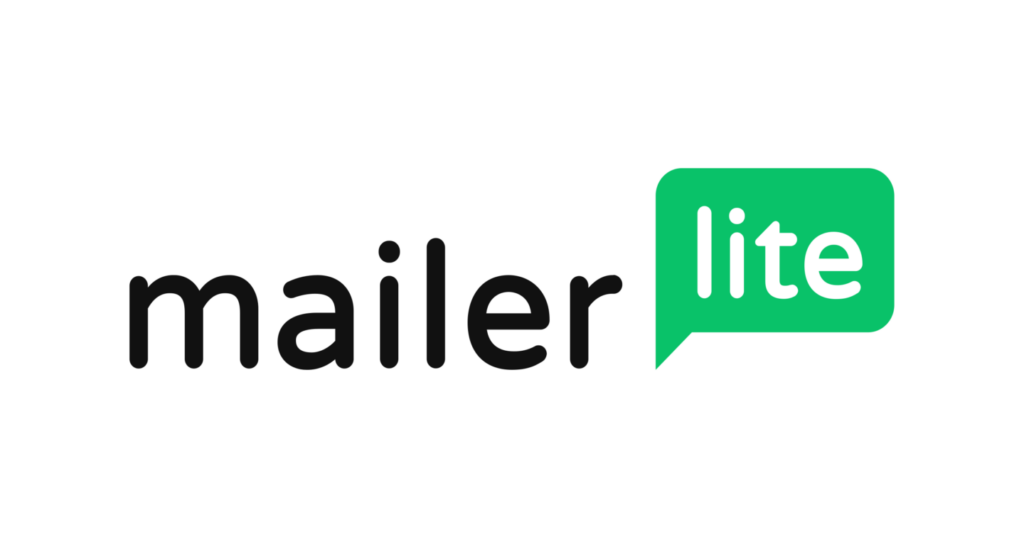Starting an online course sounds exciting, but the moment you think about money, it can feel overwhelming. Most new educators don’t have outside investors or huge budgets. That’s why bootstrapping is such a powerful path. It’s about building your online course step by step, using resources you already have, and keeping costs low while still moving forward.
If you’re ready to launch your course but don’t want to go into debt, this guide will walk you through practical ways to fund your online course startup on your own terms.
Start Small and Validate Your Idea
The biggest mistake new educators make is spending months (and thousands of dollars) building a course before knowing if people want it. Bootstrapping flips that approach.
Instead of building a massive program, start with a small “beta” version. You don’t need fancy equipment or a studio. You can use your phone, natural light, and free tools like Zoom or Loom to record your first lessons. Then, test it with a small group of students. If they see value, you’ll know you’re on the right track before you invest more.
Use Low-Cost Tools to Build Your Course
There are dozens of platforms promising all-in-one solutions, but as a beginner, you don’t need to overcomplicate it. Stick with affordable and simple tools:
- Course Hosting: Platforms like Teachable or Kajabi can host your course without a huge upfront cost.
Starting from $89/month
Get 30-Day Free Trial
Key Features
Built-in course and membership site management
Email marketing and automation tools
Advanced analytics to track user engagement
Why We Recommend It
Storage and Bandwidth:
Unlimited hosting
There are no specific limits on bandwidth
Extras:
Marketing automation tools
Webinar and event tools
Pros & Cons
- All-in-one platform for educational content creators
- No need for third-party tools
- Excellent customer support
- Higher cost, making it less accessible for beginners
- Overwhelming features for those just needing an essential website
- Design: Use Canva’s free version for graphics and slide decks.

Starting from $15/month
Key Features
Extensive library of design templates and elements
Easy drag-and-drop interface
Collaboration tools for teams
Why We Recommend It
- Allows for quick and professional designs with minimal effort
- Facilitates teamwork on design projects with real-time collaboration
- Suitable for users of all skill levels
Pros & Cons
- Highly user-friendly
- Wide range of templates and design options
- Free tier available with extensive features
- Advanced features require a paid subscription
- Limited customization compared to professional design tools
- Marketing: Start with free social media accounts, email marketing on platforms like MailerLite, or even a free trial on Kit.

Starting from $9/month
Get a free 30-day trial of premium features
Key Features
Easy-to-use email marketing with drag-and-drop design
Automation tools for scheduling emails and nurturing leads
Built-in landing pages and signup forms
Why We Recommend It
MailerLite makes email marketing simple and effective
It’s great for businesses of all sizes looking to create beautiful emails, automate campaigns, and grow their audience without hassle
Pros & Cons
- User-friendly interface with no coding needed
- Affordable pricing, including a free plan
- Strong automation and segmentation feature
- Limited advanced features compared to premium email platforms
- Approval process for new accounts can take time
Starting from $25/month
Start your 14-day free trial
Key Features
Email marketing automation for creators and small businesses
Customizable email templates and landing pages
Subscriber management with advanced segmentation and tagging
Why We Recommend It
Simplifies email marketing with easy automation tools designed for creators and small businesses
Provides customizable templates and landing pages to enhance engagement
Helps organize and target subscribers with advanced segmentation for more effective campaigns
Pros & Cons
- User-friendly platform with powerful automation features
- Great for creators and small businesses
- Flexible subscriber management tools for targeted campaigns
- Limited advanced features compared to some other email marketing platforms
- Higher pricing for larger email lists or advanced plans
Your goal here isn’t perfection. It’s to get your course into the world fast and learn as you go.
Pre-Sell Your Course
One of the smartest ways to bootstrap is to sell your course before you even finish building it. Pre-selling gives you two advantages: cash upfront and proof that people actually want it.
Here’s how it works:
- Outline your course and create a landing page with clear details about what students will learn.
- Set an early-bird price lower than your final price.
- Promote it on your email list, social media, or even in relevant Facebook groups.
If people buy, you get paid to build the course. If not, you’ve saved yourself time and money.
Leverage Your Existing Network
Your first students don’t need to come from ads or cold traffic. Start with the people already in your world. Friends, colleagues, LinkedIn connections, or social media followers might be your first buyers.
Send personal messages, share your vision, and invite them to join as “founding students.” They’ll feel like insiders, and you’ll get your first testimonials to use later in marketing.
Reinvest Profits Back Into Growth
When you start making sales, it’s tempting to pay yourself right away. But one of the best bootstrapping strategies is to reinvest those profits.
For example, if you earn $500 from your first students, you can:
- Upgrade your course hosting plan.
- Buy a quality microphone or lighting setup.
- Run small ad campaigns to test traffic.
This cycle of creating, selling, and reinvesting builds momentum without needing outside funding.
Offer Mini-Products to Fund Your Course
You don’t need to wait until your full course is ready to start earning. Create mini-products that solve smaller problems for your audience. These could be:
- A paid webinar or workshop.
- A digital guide or e-book.
- A template or checklist pack.
These smaller products generate quick income, help you build an audience, and create trust before launching your main course.
Keep Personal Costs Lean
Bootstrapping doesn’t just mean saving on business tools. It also means keeping your personal expenses low while you’re building. Think of it as buying yourself time. If you can cut back on things like eating out or subscriptions you don’t use, you’ll have more money to put into your course startup.
Final Thoughts
Bootstrapping your online course isn’t about doing everything for free. It’s about being smart with your money, validating your ideas early, and using what you have to get started. Every dollar you save and reinvest brings you closer to building a sustainable online education business.
If you keep costs low, sell early, and lean on your network, you’ll prove that you don’t need big investors to launch your course. You just need resourcefulness, patience, and the drive to make it work.

